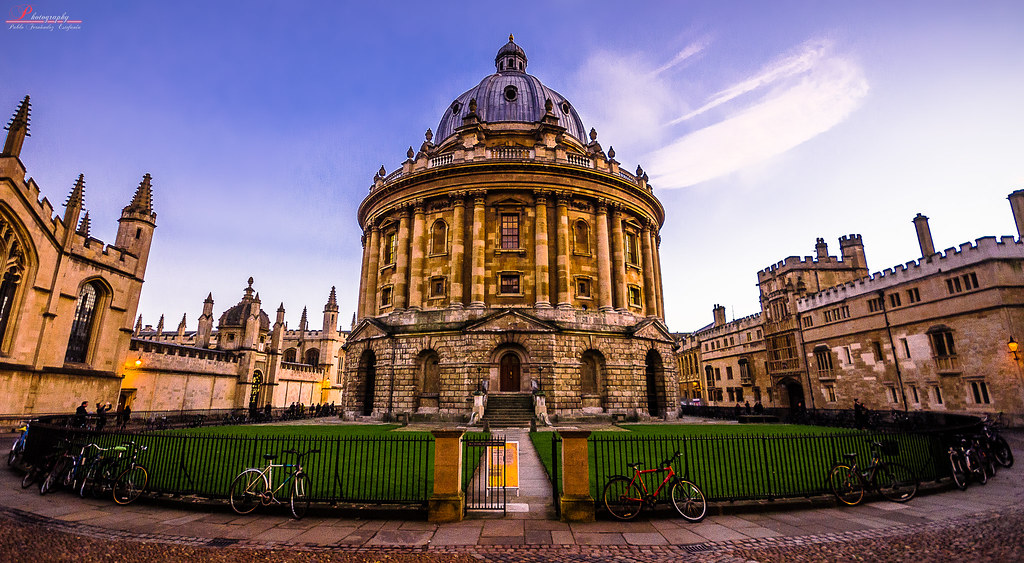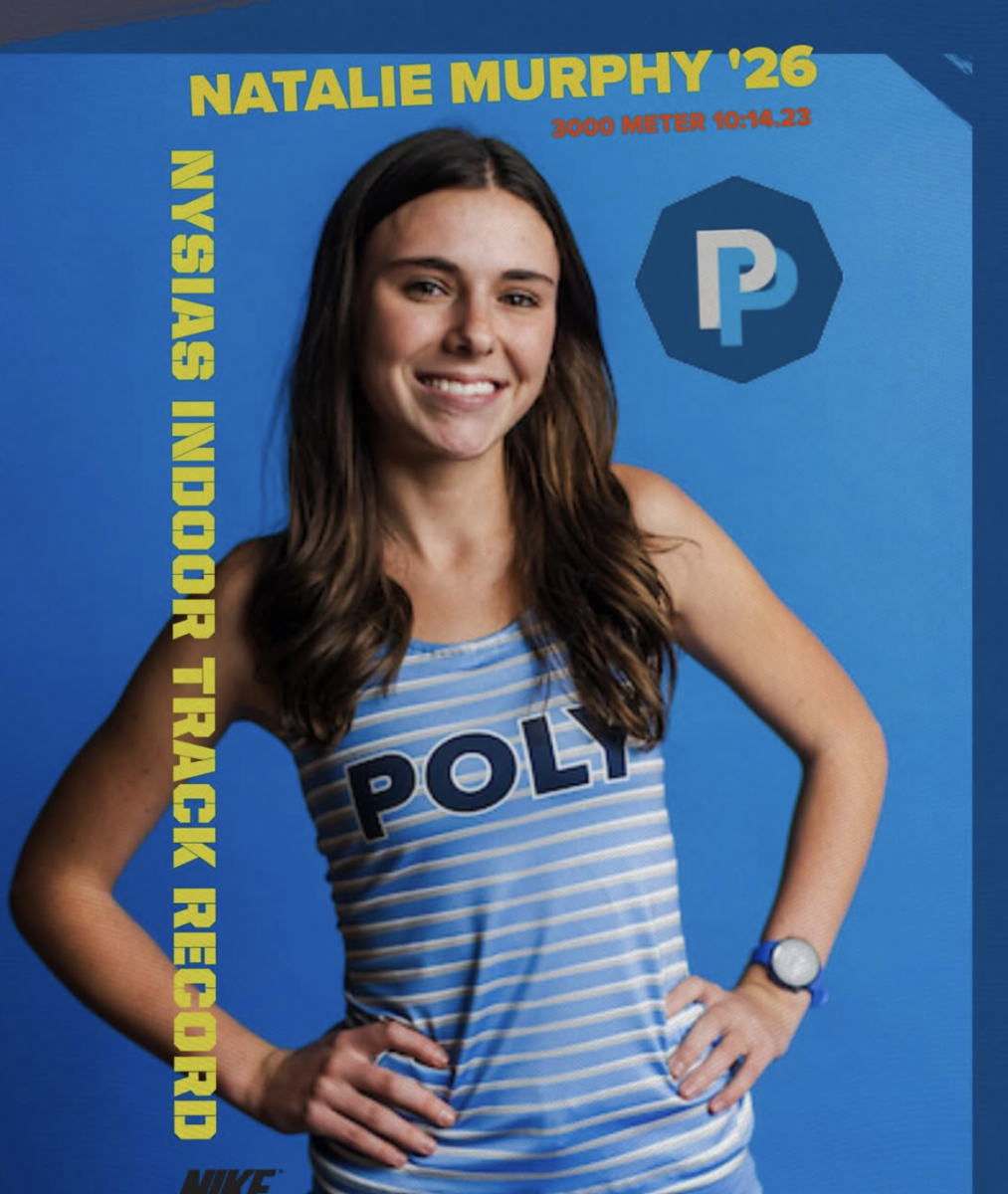Along with hundreds of other middle schoolers, my eighth-grade self took great pleasure in the after-school ritual of meeting friends at Starbucks. It was always a scene, kids of all ages gathering to enjoy the same drinks. I remember scrolling through TikTok trying to find the “best” drink combination. I wrongfully trusted my “For You” page to guide me in the right direction. However, I was only attracted to the look of the drink but did not know its contents.
People worry about the effects of social media and cell phones on children of Generation Z and Generation Alpha. However, what they should feel threatened by is their daily Starbucks habit. Over the past decade, influenced tremendously by social media, Starbucks has attracted a younger audience. Pre-teens and teenagers, in particular, are clueless about the excessive amounts of sugar and caffeine they are consuming and its impact on their bodies.
While the American Academy of Pediatrics recommends no more than twenty-five grams of sugar intake per day for anyone over the age of two, just one of these drinks can exceed that number. According to Fred, a barista at Starbucks on Smith Street in Brooklyn, New York, “about 75 kids per day order a grande or venti of one of the following popular drinks: Strawberry Acai Refresher with Lemonade, Mocha Frappuccino, or Pink Drink.” If you are ordering one of these drinks in person or seeing it online, you might not look at the precise ingredients. Unlike your “For You” page, I will inform you of the truth behind a grande of each drink: Strawberry Acai Refresher with Lemonade — thirty-two grams of sugar, Mocha Frappuccino — fifty-five grams of sugar, and Pink Drink — twenty-five grams of sugar. While excessive sugar intake does not directly cause type two diabetes, it can lead to “obesity, cardiovascular disease, and other health problems that are linked to diabetes,” according to Medical News Today. Though the long-term effects of sugar may not be on the minds of most kids, what might be relatable is the burst of energy that comes with the consumption of one of these drinks. Often the sugar rush is followed by a sudden crash making one feel even worse than they did before the drink.
Recently at school, I had a terrible headache and my heart was racing. I was scared because I did not understand what was happening to my body. When I went to the nurse, I was informed that it was likely due to the caffeine in my Starbucks Strawberry Acai Refresher from earlier that morning. This was shocking information because I have been getting this same drink for many years now and did not know I was consuming caffeine. According to Johns Hopkins Medicine, “too much caffeine can cause issues such as increased anxiety, increased heart rate and blood pressure, acid reflux and sleep disturbance.” To better understand teenagers’ knowledge of what goes into their drinks, I asked ten of my friends whether or not the Strawberry Acai Refresher (a favorite among teens) had caffeine in it. I found that 80 percent of them assumed that there was no caffeine present in the drink. One even argued that there was no way that there could be caffeine in a drink other than coffee. To further investigate, I asked my participants what time of day they usually consumed these drinks. Seven out of the ten said that they go to Starbucks regularly as an after-school activity. It occurred to me that there was likely a connection between many of my sleepless nights filled with anxious thoughts and those after-school Starbucks outings.
Even those with knowledge about the sugar and caffeine content in Starbucks drinks still overlook these unhealthy habits in favor of the superficial benefits of the franchise. As a brand, Starbucks has worked hard to create a fun, social environment with baristas that encourage customization and individualism. The drinks are colorful and have catchy names. The overall aesthetic might be called “Insta worthy.” In addition, you can get Starbucks almost anywhere you go. It is reliable and easy, with the same menu at every location. The app, created in 2009, even allows you to pre-order your drinks and collect points to redeem benefits like free or reduced pricing. However, all of these pleasers distract customers from focusing on the science and statistics behind the drinks. Have you ever thought about where that pretty pink color comes from?
This does not mean I am suggesting that people should never go to Starbucks ever again. In fact, I am a Starbucks lover and will definitely not be ending my relationship with the Seattle-based coffee chain. However, I believe that teens, and everyone else, should be educated about what they are frequently putting into their bodies and use that information to determine the amount and time of day of their consumption. Size matters. Time of day matters. Social media does not always have your back.



























